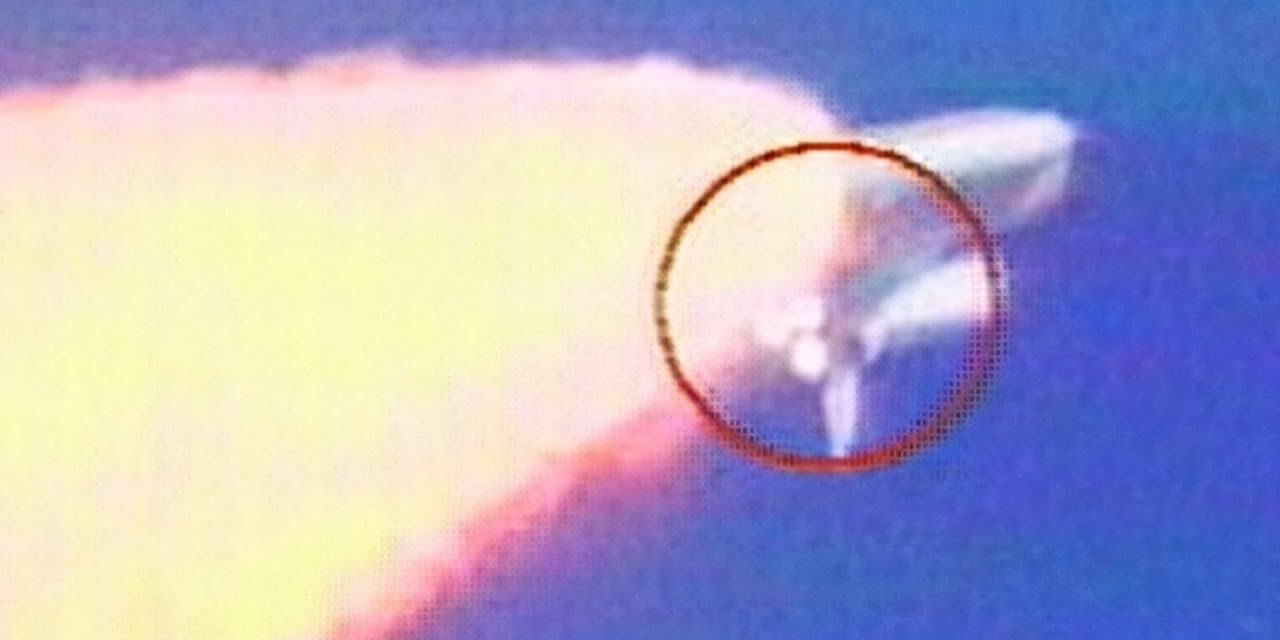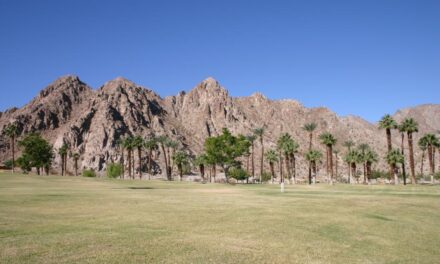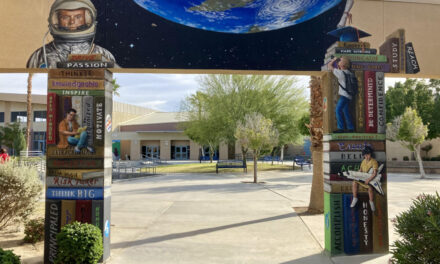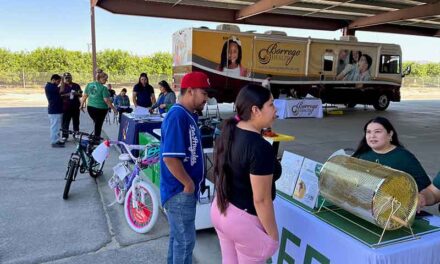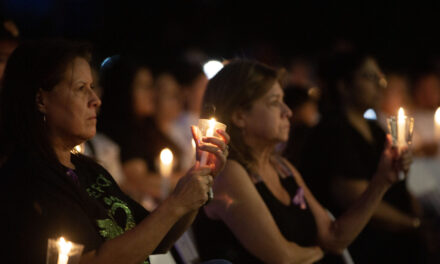The Space Shuttle Columbia disaster occurred on February 1, 2003
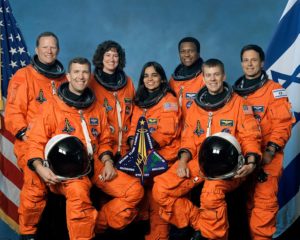
The crew of from left to right: Brown, Husband, Clark, Chawla, Anderson, McCool, Ramon
Eighteen years ago today, seven souls perished when the Space Shuttle Columbia (OV-102) disintegrated as it reentered the atmosphere, killing all crew members. The disaster was the second fatal accident in the Space Shuttle program, after the 1986 breakup of Challenger soon after liftoff.
During the launch of STS-107, Columbia’s 28th mission, a piece of foam insulation broke off from the Space Shuttle external tank and struck the left wing of the orbiter. Similar foam shedding had occurred during previous shuttle launches, causing damage that ranged from minor to nearly catastrophic, but some engineers suspected that the damage to Columbia was more serious. Before reentry, NASA managers had limited the investigation, reasoning that the crew could not have fixed the problem if it had been confirmed. When Columbia reentered the atmosphere of Earth, the damage allowed hot atmospheric gases to penetrate the heat shield and destroy the internal wing structure, which caused the spacecraft to become unstable and break apart.
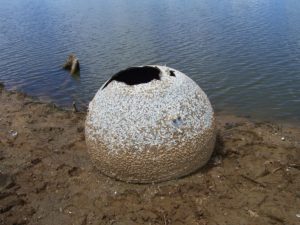
Debris from Space Shuttle Columbia,
After the disaster, Space Shuttle flight operations were suspended for more than two years, as they had been after the Challenger disaster. Construction of the International Space Station (ISS) was put on hold; the station relied entirely on the Russian Roscosmos State Space Corporation for resupply for 29 months until Shuttle flights resumed with STS-114 and for crew rotation for 41 months until STS-121.
The crew included:
- Commander: Rick D. Husband, a U.S. Air Force colonel and mechanical engineer, who piloted a previous shuttle during the first docking with the International Space Station (STS-96)
- Pilot: William C. McCool, a U.S. Navy commander
- Payload commander: Michael P. Anderson, a U.S. Air Force lieutenant colonel, physicist, and mission specialist who was in charge of the science mission and was on his second mission altogether (his first being STS-89)
- Payload specialist: Ilan Ramon, a colonel in the Israeli Air Force and the first Israeli astronaut.
Mission specialist: Kalpana Chawla, aerospace engineer who was on her second space mission (her first being STS-87). - Mission specialist: David M. Brown, a U.S. Navy captain trained as an aviator and flight surgeon. Brown worked on scientific experiments.
- Mission specialist: Laurel Blair Salton Clark, a U.S. Navy captain and flight surgeon. Clark worked on biological experiments.
Image Sources
- Debris from Space Shuttle Columbia: Space.com
- Columbia explosion: YouTube

